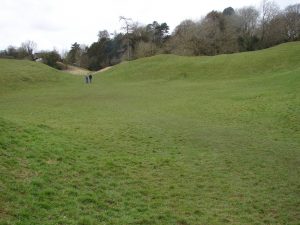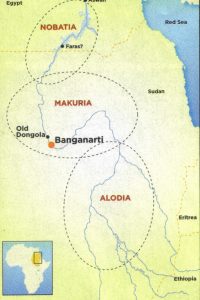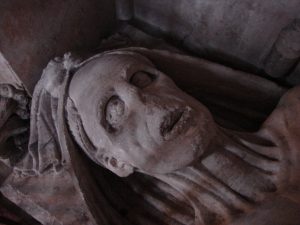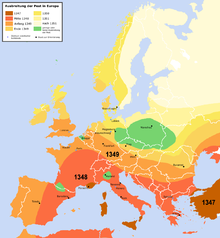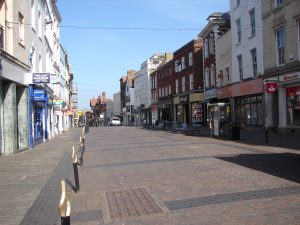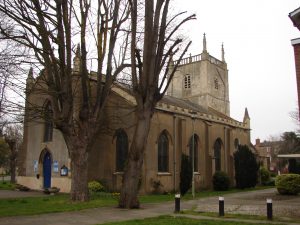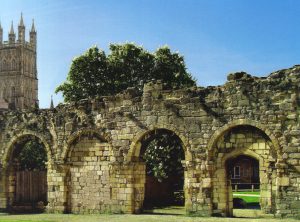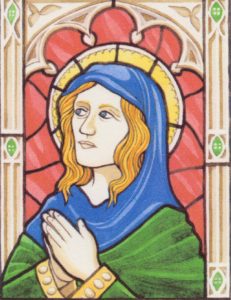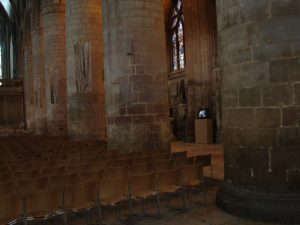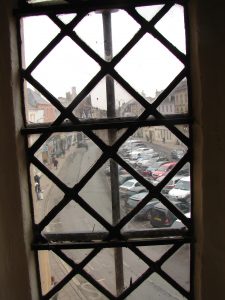 The Romans had completely evacuated Britain by the early 5th century. The void that they left behind was filled in the next two centuries by several invading tribes from northern Europe, of whom some are known as Anglo-Saxons. They may have raided Roman Britain in the 4th century, but were probably invited to Britain after the Roman departure to help defend the native Romano-British population against other threats. In any event, the tribes who settled in Britain also included Jutes and Frisians.
The Romans had completely evacuated Britain by the early 5th century. The void that they left behind was filled in the next two centuries by several invading tribes from northern Europe, of whom some are known as Anglo-Saxons. They may have raided Roman Britain in the 4th century, but were probably invited to Britain after the Roman departure to help defend the native Romano-British population against other threats. In any event, the tribes who settled in Britain also included Jutes and Frisians.
The valley of the River Thames was largely settled by the Saxons and this area included Cirencester and on eastward into the Cotswold hills. The Saxons brought with them a different culture, language, ways of building, and styles of dress. Place names in the Cotswolds and the area around Cirencester today are largely Saxon in origin rather than Roman or Celtic. The Saxons left few written records, so much of what we know about their culture is based on excavations of their graves, some of which have contained extravagant jewels and gilt-bronze brooches.
Cirencester, the site of Templar’s Prophecy, the 4th novel in my Lady Apollonia West Country Mystery Series, ceased to be a town when the Romans abandoned Britain in the early 4th century. It is likely that a few native people continued to live within the Roman city walls and farmed in the surrounding region. But after the Saxons invaded England, they won a great battle in 577, capturing Cirencester, Gloucester, and Bath, resulting in a Saxon village of wooden huts established within the old Roman walls of Corinium/Cirencester. It was a far cry from the Roman town that had gone before but it represented the new tribal rulers of Britain.
The street pattern that developed in Saxon Cirencester deviated from the rectangular grid of the Romans. It was Saxon lanes which set the pattern for the medieval streets in my story. In 1395, Lady Apollonia resided on one of these, Dyer Street, which ran on the kind of angle which the Romans did not use. As she would have walked north westward on Dyer Street from her house, it widened out to become the Marketplace, a medieval market area so wide that it is used as a car park in contemporary Cirencester. This area, shown above in a picture taken from the parish church, also appears in my story.
The Saxon village grew slowly to 350 people by the time of the Domesday Book in 1086. A minster church, founded around 807, became the Augustinian abbey which grew to dominate the town by the end of the 12th century. I will speak of the abbey’s history in later postings.
